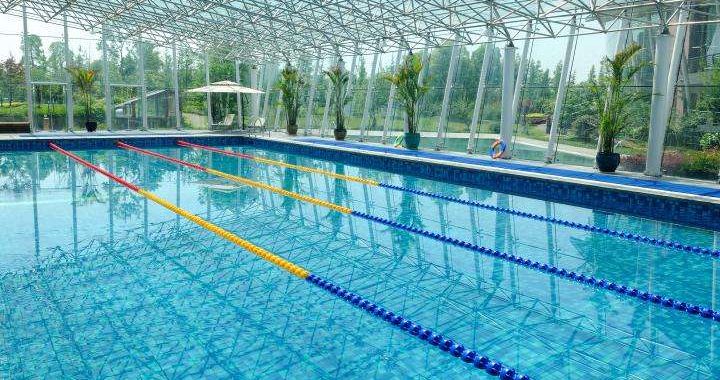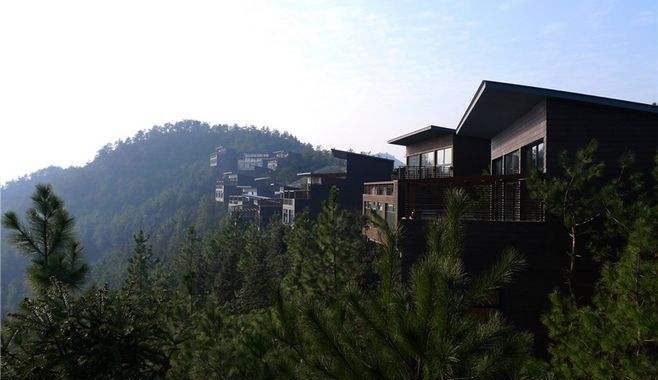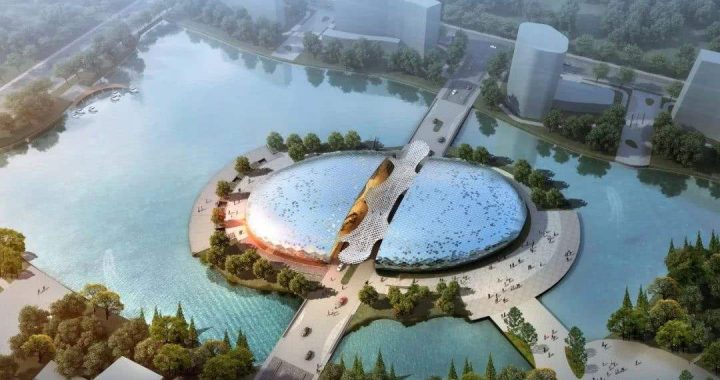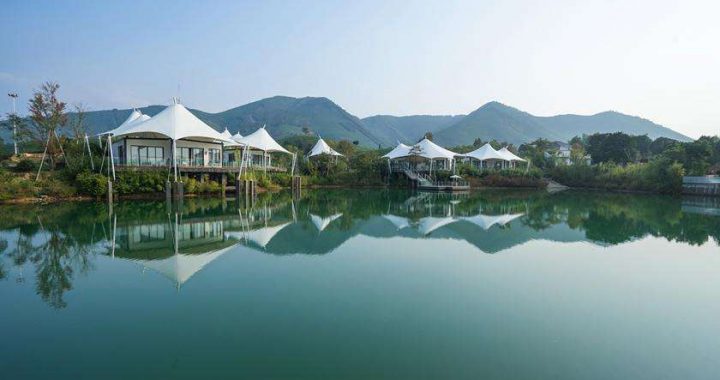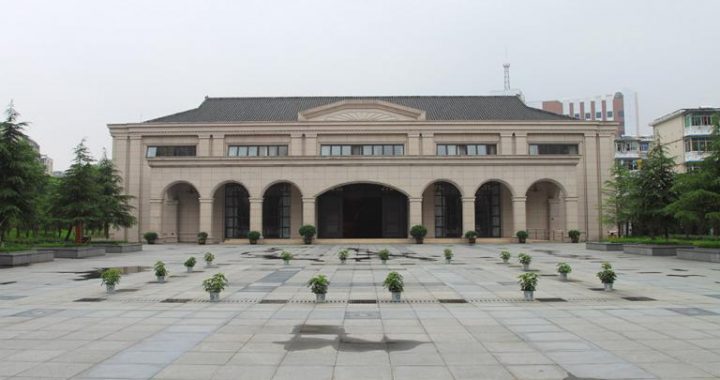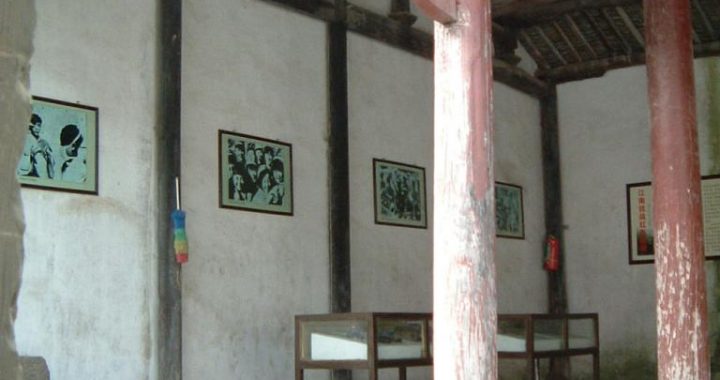Guanghui Palace
4 min readGuanghui Palace is a famous site full of the local Taoist culture inNanxun. It was established in the Zhiping Period of the Northern Song Dynasty (1056-1068) with a history of more than 900 years. It used to be aTaoist temple for worshipping God, and a place of benevolence. The historyof the temple is longer than that of Nanxun Town. According to the Recordof Nanxun, Guanghui Palace was initially a hall called Sanqing Hall wherethree statues of immortals at the highest rank in Taoism were enshrined. Taoist devotees often went to the temple to worship at that time. The palace experienced its prosperity and decline at different periods.

When Zhang Shicheng,a revolutionary head came from a family of peasants, took possession of the temple at the end of the Yuan Dynasty (1271-1368), he converted the temple into his palace and turned some houses there into grain depots. From then on, the temple is often called Zhangwang Temple (Temple of Zhang King). It was reconstructed and enlarged more than once throughout its history. It is said that the palace was repaired by a local person, Qian Qingfu in the Yuan Dynasty, and it was also reconstructed in the 40th year of the Jiajing Period(1561) in the Ming Dynasty, and again in the 48th year of the Wanli Period. Particularly, in the 7th year of the Tianqi Period(1627) in the Ming Dynasty (1368-1644),a large-scale renovation was carried out by a gentleman called Dong Dunru.
More halls were added, including the rebuilding of the main hall, and theconstruction of the back tower of the Jade Emperor(the Supreme Deity of Taoism).
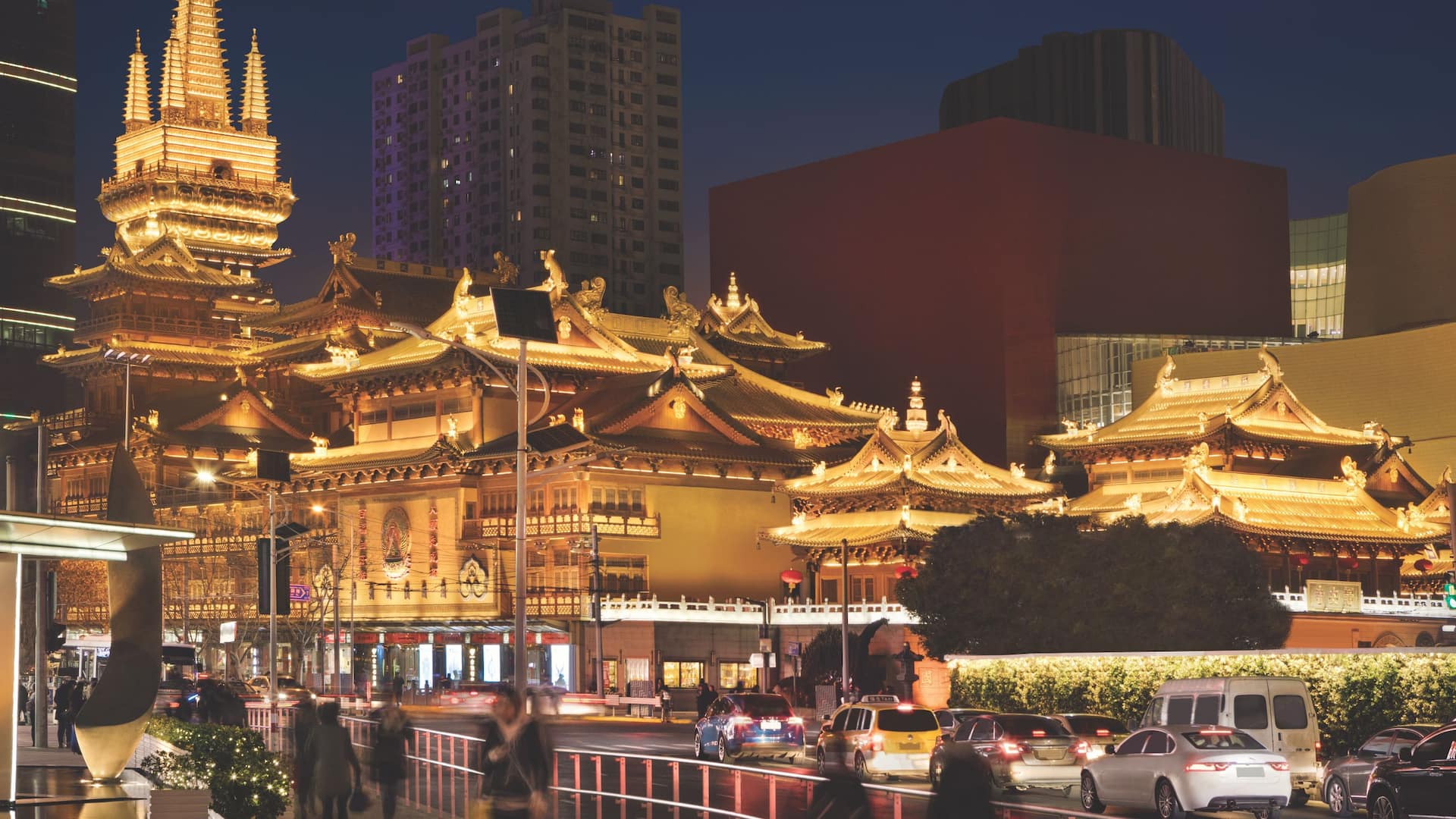
Guanghui Palace experienced many times of destruction and reconstruction in the history. For instance, in the 10th year(1637) during the Zhongzhen period, the Jade Emperor Tower suffered the fire from thunderlightning, and it was rebuilt in the 15th year (1658) during the Shunzhi Period of the Qing Dynasty. The whole temple complex was composed of Miluo Tower, Dongyue Hall, Chenghuang Hall, Leizhen Hall, Sanqing Hall and the Palace for Kitchen-Saint. Although the structure and layout of the temple were altered, yet, its main building was still the place of worship to enshrine the Grand Emperor Cishan (the Deity of Taoism), and looked more magnificent than before. Another amusing story about reconstruction is to do with the statue of God called Wang Ling Guan in Chinese(of a celestial general makes its presence or power felt). The figure was initially moulded and placed at the out-gate of the palace in the Yuan Dynasty and the position of the figure was standing inwards with a lash in his hand, but the figure was remoulded into a statue sitting outwards with the lash up held when the palace was reconstructed by Dong Dunru in 1627. It was said that before the renovation someone had dreamt about Wang Ling flying into a rage and saying if the figure won’t be changed to the position of sitting outwards, the palace would be set on fire soon. After reconstruction, when people came to worship, they found that the position of Wang Ling Guan had been changed. From then on, the statue of Wang has been kept in such a shape. Because of the damage and destroy from nature and men, other halls in the palace also experienced renovations at different periods. With the development of tourism, the project to reconstruct the Guanghui palace was carried out again in 2003. The original appearance of the Taoist palace has been partly restored.
Now the main hall is the place where the statue of Huang Daxian is enshrined. The rumour has it that the original name of Huang Daxian was Huang Chuping, and he became a herder in Mt. Chisong at the age of eight.
When he grew up into fifteen, one day he came across an old celestial being and the old immortal instructed him about the religious order and herbal medicine. He cultivated his moral character through meditation. After forty years’ practice in the deep mountains, he had the knack of it and became immortal. The front hall is used to set the statue of Emperor Cishan(the Grand Deity of Taoism). According to the Folk-tale Records of Huzhou, Cishan, the Grand Emperor was originally named Zhang Haobao, his father was called Zhang Bing. When a fairy girl in mountains fell in love with his father and married him of her own free will, she told him that Heaven Emperor thought of his meritorious conducts and beneficent deeds to the local inhabitants, and he should be provided sufficient food and clothes to spend all his life in the land of Wu Chu. Before long, she gave birth to a son styled Bo, namely Cishan. Additionally, Guandi, Guanying (Goddess of Mercy who practises both Buddhism and Taoism) and Lvzhu are enshrined in Cihang Hall. Outside of the hall, tourists can find the elegant carvings of coiling dragons on the wall. An enlarged Chinese character”Dao”(Taoism) in cursive style copied from the original handwriting of grand calligrapher Wang Xizhi is painted on the screen wall facing the gate. There is a circularmound altar in the Guanghui Palace. The structure of the altar is believed to follow the Temple of Heaven in Bejing. It is similar to the Echo Wall of that, and has achieved an echo effect. When you stand in the middle of the altar and speak loudly, the echoes will be heard, but you must stand properly just at the center of the Eight Trigrams pattern.
Guanghui Palace has been a hot Taoist spot that draws endless stream of pilgrims from near and far, especially at the first day and the middle of each lunar month,a lot of pilgrims pray to the Gods for help.

